How to properly plant onion seeds for seedlings?
Growing an onion from seeds in one season is quite a feasible task, if you approach this issue competently. Failure can befall the gardener if the wrong variety is chosen. You can get a turnip at the end of summer only when sowing early hybrid varieties. At the same time, the onion does not require any special care.
Choosing a variety for planting
Getting your own onion seeds is not difficult: you just need to let the flower stalks ripen and, when the time comes, collect black seeds from them that look like small pieces of coal. It is better to first plant onions for annual cultivation on seedlings: in the open field, the sprouts will need to be paid much more attention.
If you have to buy seeds, you should focus on several criteria:
- Terms of vegetation. It is necessary to choose early varieties that ripen in 80–90 days. In mid-season species, this process lasts 110 days, late varieties ripen in 130 days. You can read the information on the growing season on the package.
- Number of nests. For planting on a turnip, it is better to choose small-ear varieties that give 1-2 bulbs. Multi-nested varieties give a lot of feathers and up to 5 medium-sized fruits.
- Fruit mass. Large-fruited hybrids can weigh 400-500 g, medium bulbs weigh 120 g, and small ones weigh 50 g.
- Taste qualities. Onions can be sweet, pungent, or moderately hot. The first option is often added to salads, eaten fresh, the rest are used for cooking.
Hybrid seeds are more expensive but have several advantages. Such onions are less sick, stored longer, gives a bountiful harvest with minimal maintenance.
Among the popular varieties and hybrids suitable for annual cultivation are:
- "Exibishen",
- "Delight",
- "Centaur",
- Albion F1,
- Red Baron
- Copra F1,
- "Sangro"
- "Mars F1" and others.
When buying, you need to pay attention to the expiration date of the seeds. After its expiration, the seed material loses its germination. If the seeds are old, only 30% of the total will germinate, while fresh seeds provide up to 90% of the cost. Sweet and semi-sharp varieties of vegetables are more suitable for growing turnips in one season.
Seed preparation and germination
It is better to plant seeds on seedlings, since they sprout for a long time. If you sprout onions in the ground, the weeds will clog it, as a result, the idea may turn into the death of the sprouts.
Preparation stages:
- Before sowing, the seed is calibrated by selecting large and full-bodied specimens.
- Then you should soak the seeds for 2-3 hours in a weak solution of potassium permanganate, and then rinse in clean water. This is done with the aim of disinfecting them.
- If desired, the next step can be soaking in a growth stimulant solution or heating in hot water for 30-40 minutes. Both procedures will help you get friendly shoots in a shorter time.
- Some summer residents prefer to sprout seeds by wrapping them in a damp cloth. The fabric should be wetted periodically to keep it from drying out. The sprouts will hatch in 7-10 days. After that, they are embedded in moist soil.
For convenience, you can glue the seeds onto toilet paper using starch paste. After the blanks are dry, they are rolled up before planting. When sowing, paper strips are placed in rows with the seeds down. The advantage of this method is the even distribution of the seed: there is no need to lay out the seeds one at a time or to thin out the seedlings in the future.
Sowing seedlings
If the seeds were soaked before sowing for seedlings, they are slightly dried until they are crumbly.
Onions can be sprouted in a common container. The height of the container should not exceed 10-12 cm. As a soil, you can take soil from your garden and add a little humus and wood ash to it. A universal seedling soil purchased from a store is also quite suitable.
Sowing is carried out in late February or early March - this is the time frame for the middle lane. In the Leningrad region, onions are sown for seedlings in early April, and in Siberia and the Urals, 2 weeks later.
Seedling growing scheme:
- It is necessary to observe an interval of 5 cm between rows. Seeds should be planted at a distance of 1 cm from each other in grooves 0.5–1 cm deep. You can sow onions and thicker, but then thinning will be required a little later.
- Top crops are lightly sprinkled with dry soil.
- Then spray with water and cover with transparent film.
- After emergence, the film is removed. At this stage, the seedling box is kept in a warm, darkened room at a temperature of +26 ° C.
- After the sprouts appear above the surface of the ground, the box is transferred to a lighted place, and the temperature in the room is reduced to + 16-18 ° C during the day and + 10-12 ° C at night. This technique allows you to control the growth of the aerial part and the active formation of the turnip.
When sowing in winter, additional lighting is needed. For this, a fluorescent lamp or a special phytolamp is suitable.
Seedling care and transplanting to a permanent place
While the seedlings are at home, every 10 days they are given organic feeding:
- you can use chicken manure by diluting it in water in a ratio of 1:10;
- ready-made fertilizers, such as "Zdraven", are also suitable.
It is necessary to regularly moisten the plantings with a small amount of water so that the soil does not dry out.
Diving onions, unlike other vegetable crops, is optional. You can only thin out the seedlings, leaving a distance of 1.5–2 cm between the plants.
Seedlings are transplanted to an open bed after 2 months. Onions are cold-resistant crops, so they can easily endure small spring frosts.
Planting onions in open ground has its own characteristics:
- Usually there is a lot of planting material, so the strongest specimens are selected for planting.
- Before planting in the ground, the leaves and roots of the seedlings are cut by 1/3.
- On the eve of planting seedlings, the garden bed is dug up, furrows are cut and spilled abundantly with warm water.
- Onion seedlings are distributed on the furrow with an interval of 7-10 cm and row spacing from 30 to 55 cm (depending on the variety). Sprouts are planted to a depth of 2 cm.
- After planting, the plants are watered, spending a liter of water for each instance.
- The earth is lightly tamped and mulched.
- After 3 days, you will need to carry out the first loosening.
Outdoor cultivation
If everything was done according to the rules, the onion quickly takes root and begins to grow actively. In the open field, he needs timely watering, fertilizing, loosening and weeding.
Weed and loosen the soil after each watering or rain. Oxygen access to the roots ensures accelerated plant growth.
Moistening the soil
During the rooting period, the vegetable needs increased soil moisture, but later watering is reduced. At the time of the formation of the bulbs, the soil is moistened as needed. In regions where there is little rainfall, onions are watered 2-3 times a month, spending 10 liters of water per square meter.
Watering features:
- 20 days before harvesting, watering is completely stopped, otherwise the quality of vegetables will deteriorate - the onions will become watery and will be worse stored. In the middle lane, they stop watering onion beds since mid-July.
- Water for irrigation must be necessarily warm: from a low temperature, plants will experience stress and become more vulnerable to powdery mildew and other fungal diseases.
- You need to water the garden in the morning or in the evening. During the day, the sun's rays can cause leaf burns by refracting through water droplets.
- It is better to water young seedlings from a watering can with a splitter nozzle. After the heads are formed, watering is carried out in the aisles.
- It is very convenient to use the drip irrigation system - it is turned on at night.
According to the rules of agricultural technology, when growing onions for a turnip, it is watered 2 times less often than when growing on a feather.
To combat the onion fly, experienced summer residents practice watering with salt water. This procedure is carried out in three stages:
- When the feather has grown 5–7 cm, the onion is watered with a saline solution at a concentration of 30 g of salt per 1 liter of water.
- After 10 days, the treatment is repeated, consuming 40 g of salt per 1 liter of water.
- After the same period of time, pour salt water on the onion for the last time, adding 60 g of salt per 1 liter of water.
After each treatment, after some time, re-irrigate with clean water.
Fertilization, disease protection
With a one-year onion cultivation, it is fertilized three times:
- The first feeding is carried out as soon as the greens come out on the garden bed.
- The fertilizer is applied for the second time after 2 weeks.
- The third feeding is carried out during the period when the bulbs reach the size of a walnut.
A solution of mullein, bird droppings or urea is used as fertilizer.
A glass of organic matter is added to one bucket of water. Fertilizer is consumed at the rate of 3 liters of fertilizing per 1 square meter.
According to the rules, fertilizer is applied only to wet soil, so it is advisable to carry out top dressing soon after watering or rain.
To increase yields and prevent diseases, you can add "Epin" to the nutrient solution - 1 ampoule per bucket.
For the prevention of fungal diseases at the initial stage of growth (with a feather length of 15 cm), the onion is sprayed with a solution of copper sulfate, prepared from 1 teaspoon of powder in a bucket of water.
Harvesting
After the feather turns yellow and begins to lie down, they begin to harvest. This happens, as a rule, in the second decade of August.
If you delay harvesting, vegetables can begin to grow again, such a crop will deteriorate in the future during storage.
It is supposed to get onions out of the ground in dry, sunny weather. The dug out bulbs are laid out on the ridge to dry. When the vegetables are a little dry, they are cleaned of the earth and continue to dry in the sun or in a dry ventilated room. Before storing, the onions are sorted, taking away spoiled and bare heads - they are eaten first.
The leaves are cut, leaving a neck 6 cm long. The crop is stored in boxes or nets at a low above-zero temperature and low air humidity. If you plan to store onions in an apartment, you need to remove them away from batteries.
The experience of many gardeners has shown that growing onions from seeds in one season is very realistic. When choosing the right variety and adhering to agricultural technology, it will be possible to get heads of medium and even large sizes without much tweaks.
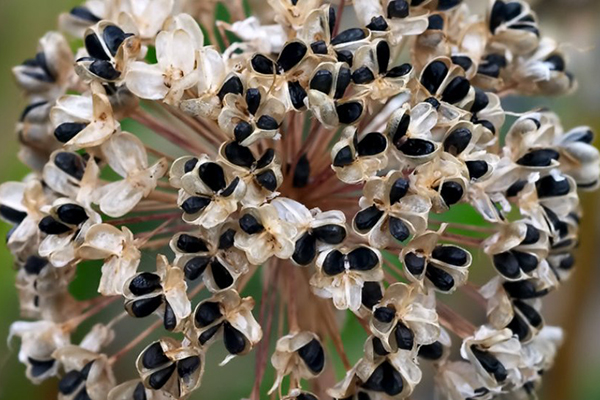
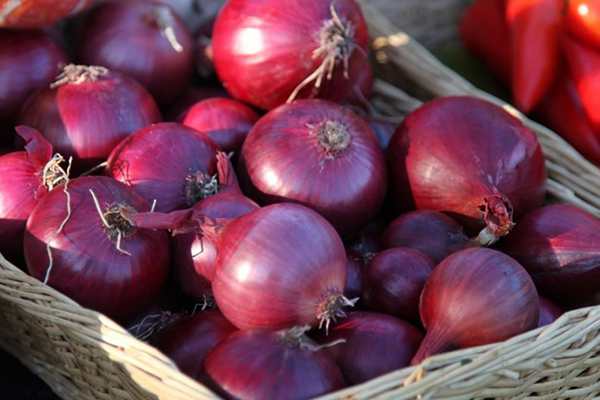
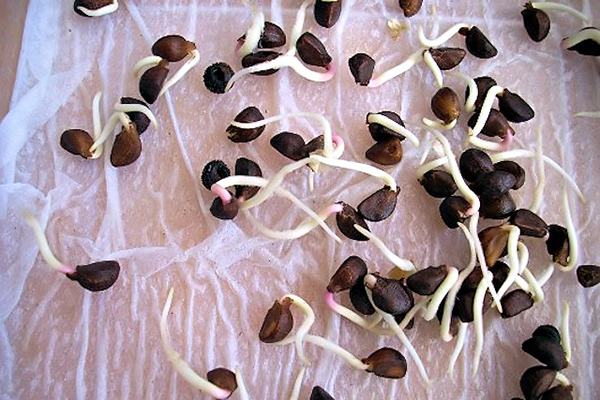
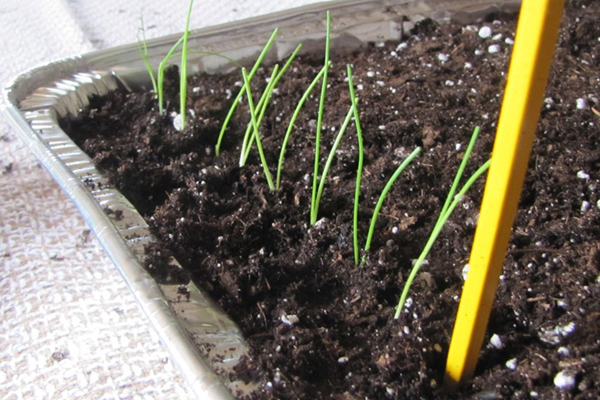
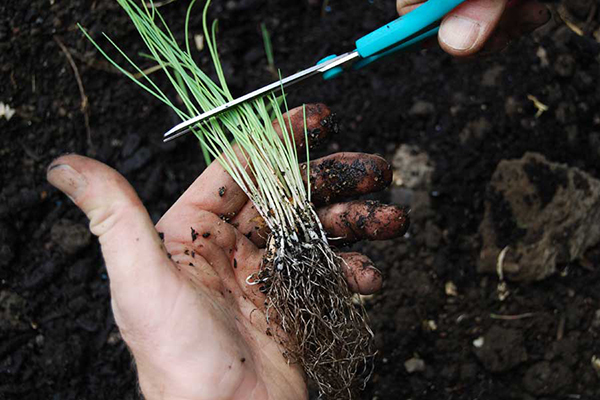
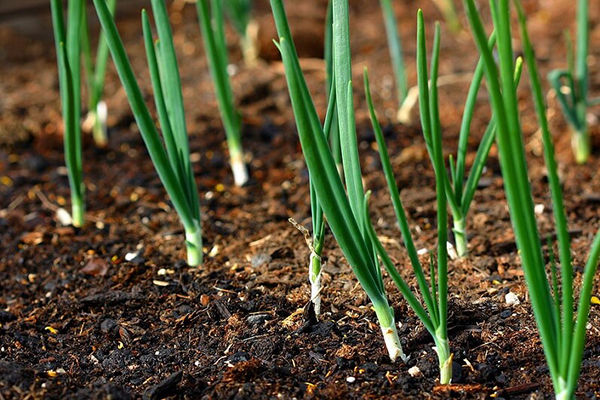
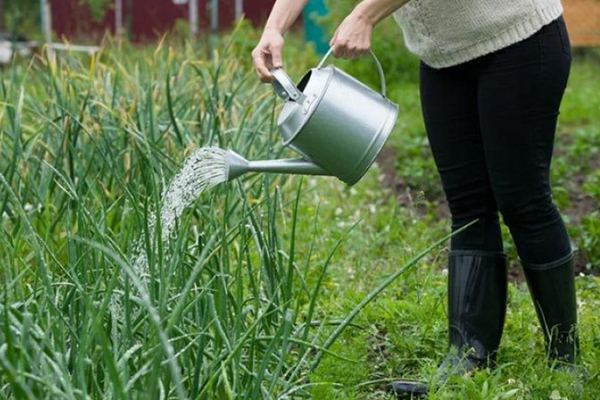
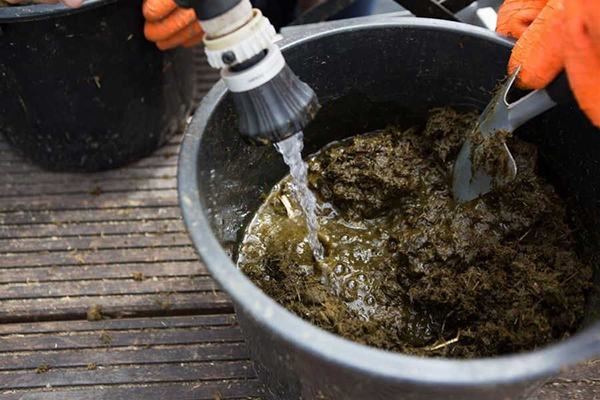
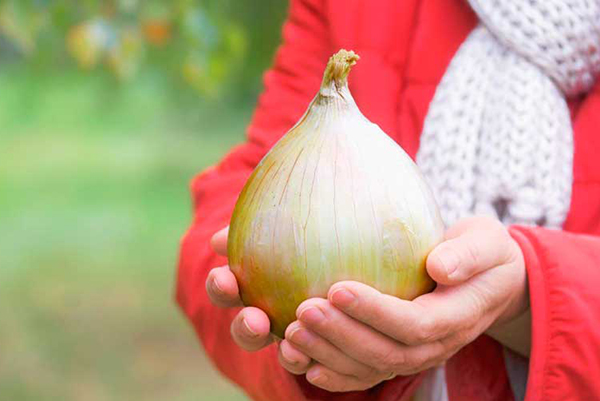
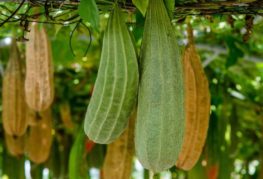
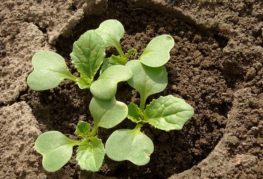
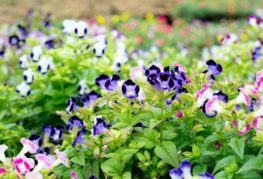
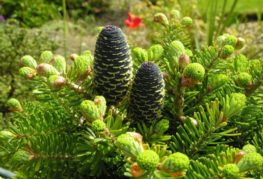
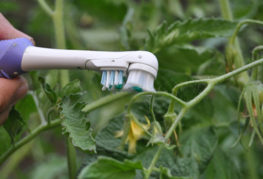
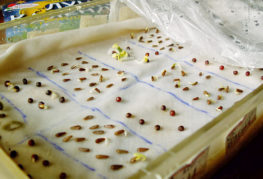
and will be published shortly.